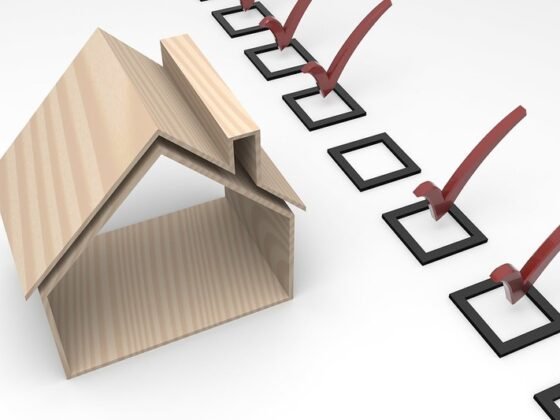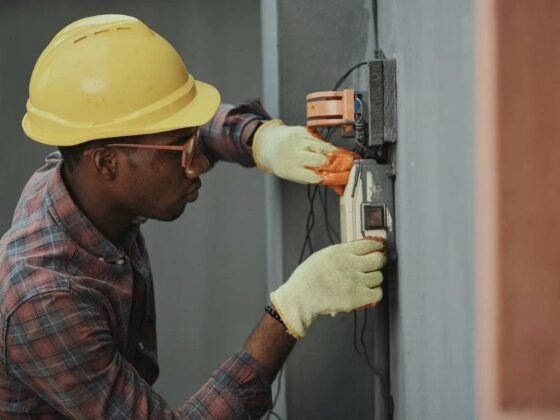Table of Contents Show
From the late 1930s, many homes began putting aluminum siding on their homes to help provide extra protection and additional beauty.
By the late 50s, vinyl siding became the go-to type of siding due to its versatility and longevity. Today, it is hard to find a home that does not have one type of siding or another.

Siding Installation
Curb appeal is a big factor in why vinyl siding is such an important part of a home. Everyone wants their home to look good and be easily sold when the time comes.
Although there are other methods for gaining curb appeal, vinyl siding is a great option because of its easy installation and low maintenance. Homeowners simply contact a contractor for siding installation and half the work is already done.
There was a time when homeowners would need to repaint their homes if they were planning to sell. With vinyl siding, there is no need to paint, the vivid colors last for many years.
If it gets dirty, homeowners simply pull out the power washer and hose it off. In no time at all, the shiny, new-looking house is ready for the market.
Read Also:
Why Vinyl is the Siding of Choice
In the 1950s, homeowners began switching from aluminum siding to vinyl siding. Vinyl was more durable than aluminum and did not seem to dent or scratch as easily. In addition, vinyl siding did not need to be painted.
This made it an easy choice for homeowners. Although the early renditions of vinyl siding were not as good as today’s options, vinyl siding was still a much better option than its aluminum counterpart.
Today, vinyl siding provides a very durable option for homes. Typically, vinyl siding can last between 20 and 40 years. Of course, this lifespan is very dependent upon the type of weather and sun exposure the home gets throughout the year.
So it is no wonder homeowners are going to choose the siding that provides vivid colors and for many decades without much maintenance.
Energy Efficiency
In general, the walls of a home do not always stop heat transfer from occurring. Even a well-insulated home can have issues with heat transfer through the walls.
This means that heat can easily pass through the walls causing the home to be cold in the winter and warm in the summer.
This heat transfer means that the heating and cooling systems will have to work extra hard to keep the home comfortable.
Siding can prevent heat transfer. The vinyl material can provide an extra layer of protection for the walls of a home and reduce the transfer of heat. In addition, homeowners can choose insulated vinyl siding to get an extra layer of protection.
Preventing heat transfer will reduce the strain on the heating and cooling system, thus, reducing energy costs throughout the year.
Protection from the Elements
Strong and sturdy walls are necessary to keep a home standing. Vinyl siding protects the walls from many threats. The material prevents water from entering and damaging the walls of the home.
The durable material can also stand up to hail, wind, ice, and even flying debris.
Vinyl siding is also an option for preventing some pests from entering the home. vinyl siding has always been an option for termite prevention when properly installed. However, there are newer siding options that are actually made to prevent all sorts of pests from invading the home.
Although vinyl siding is the most popular, there are many other types of siding to choose from. With today’s technology, these other options are just as durable as the vinyl option.









